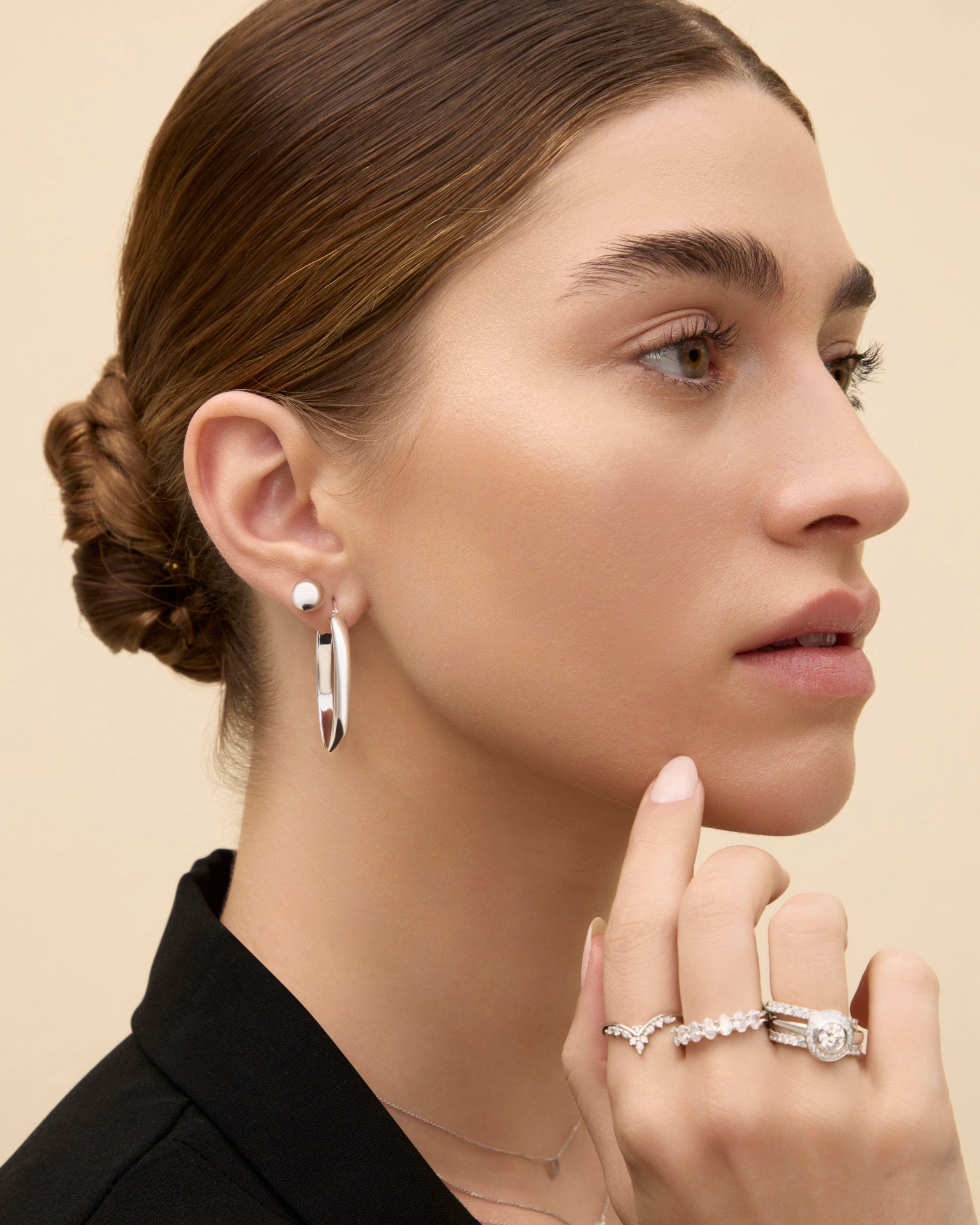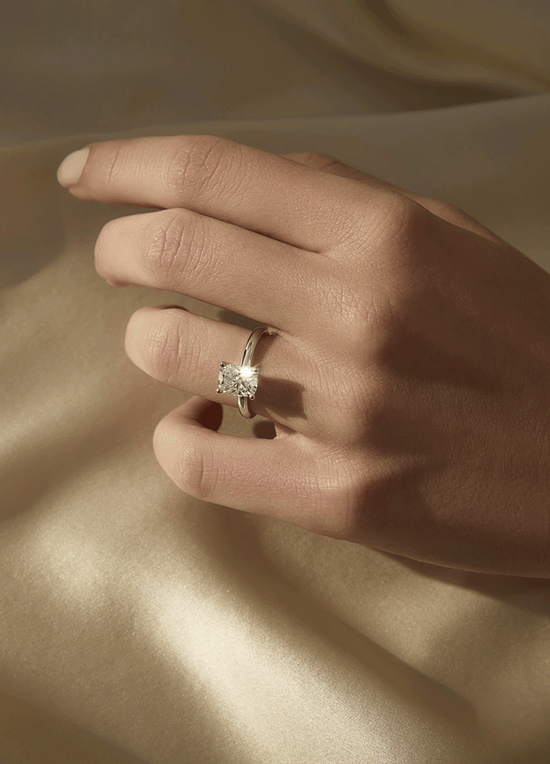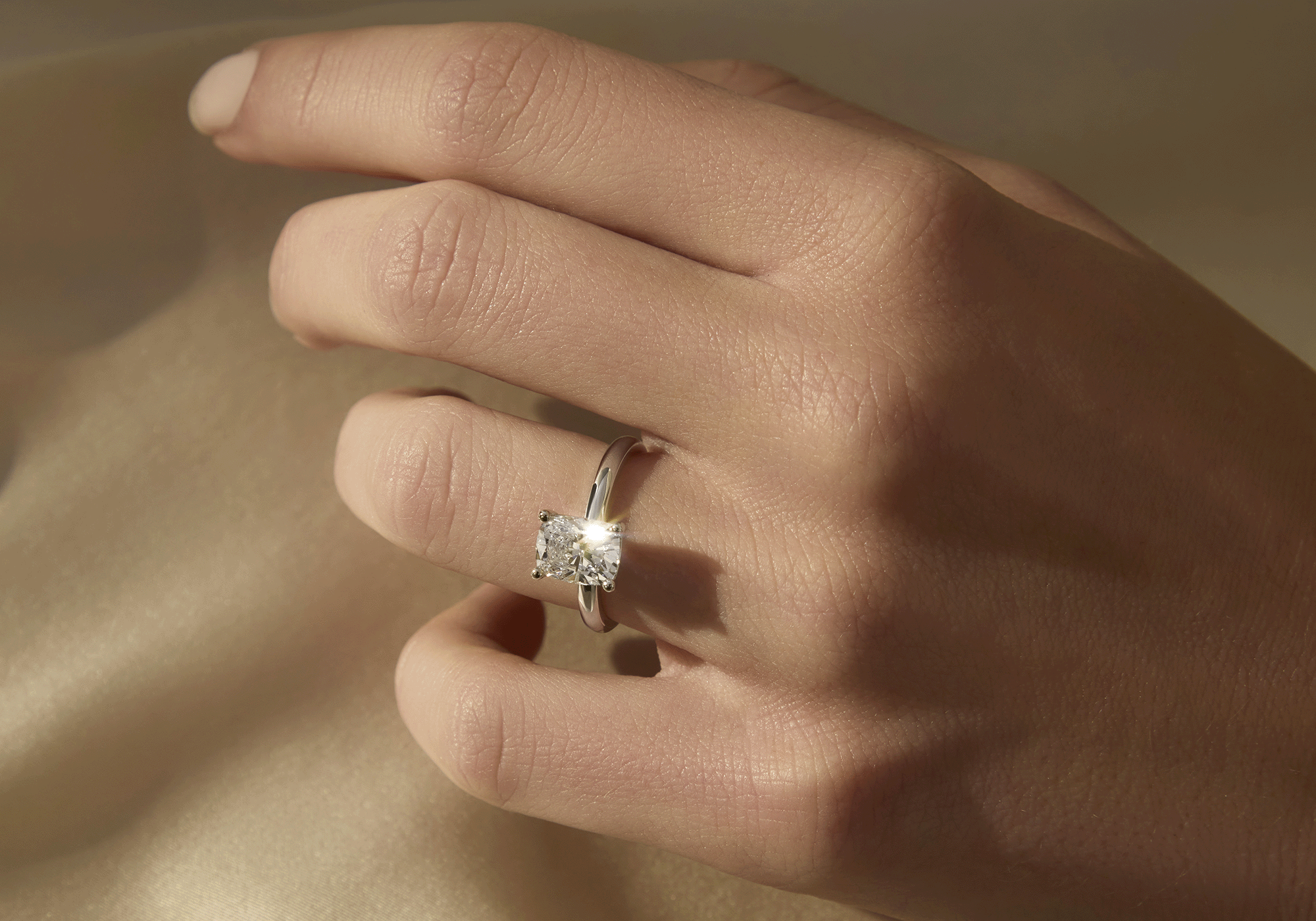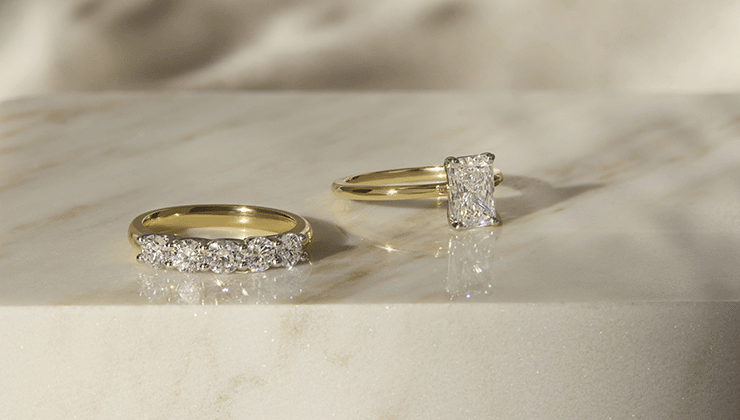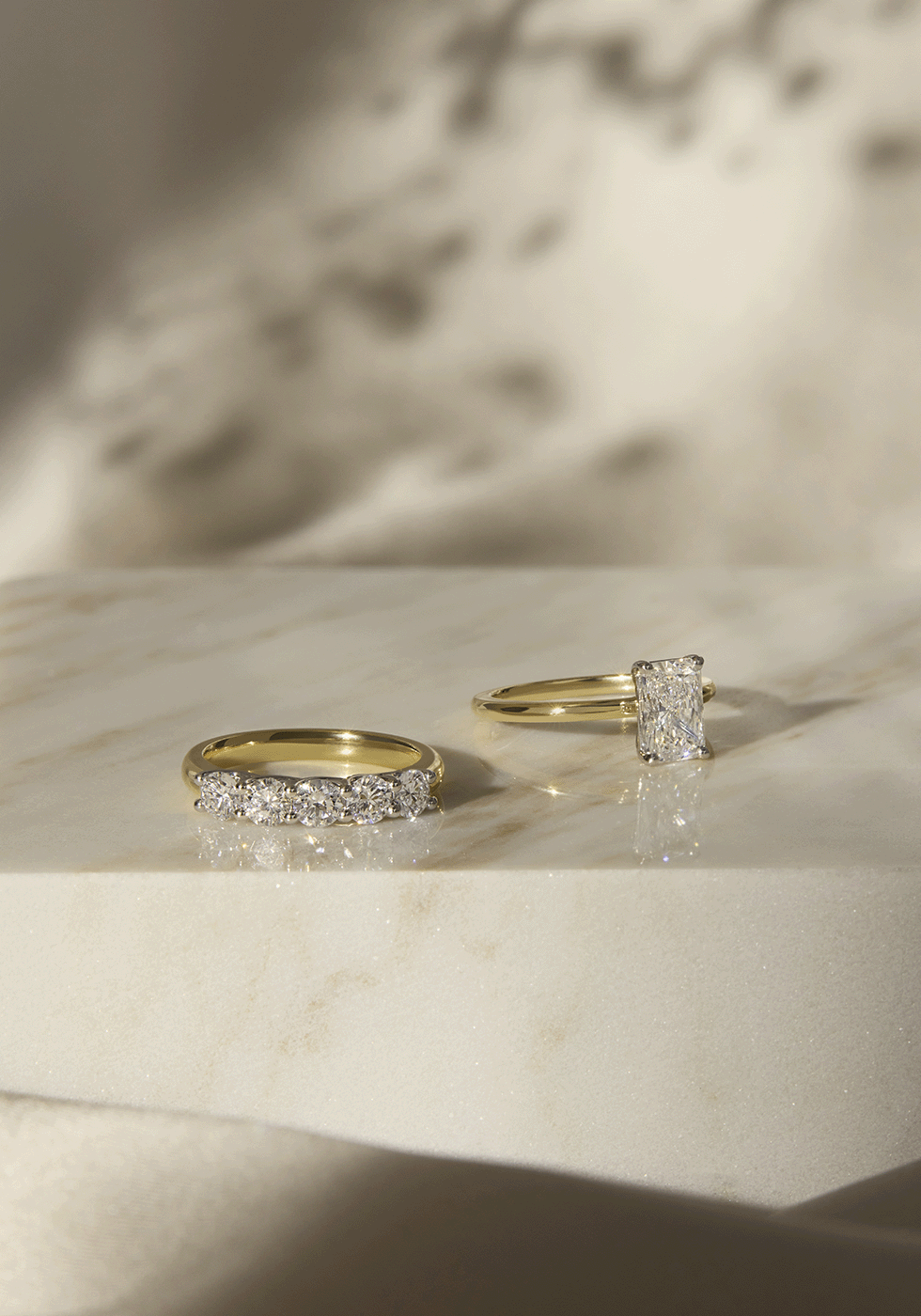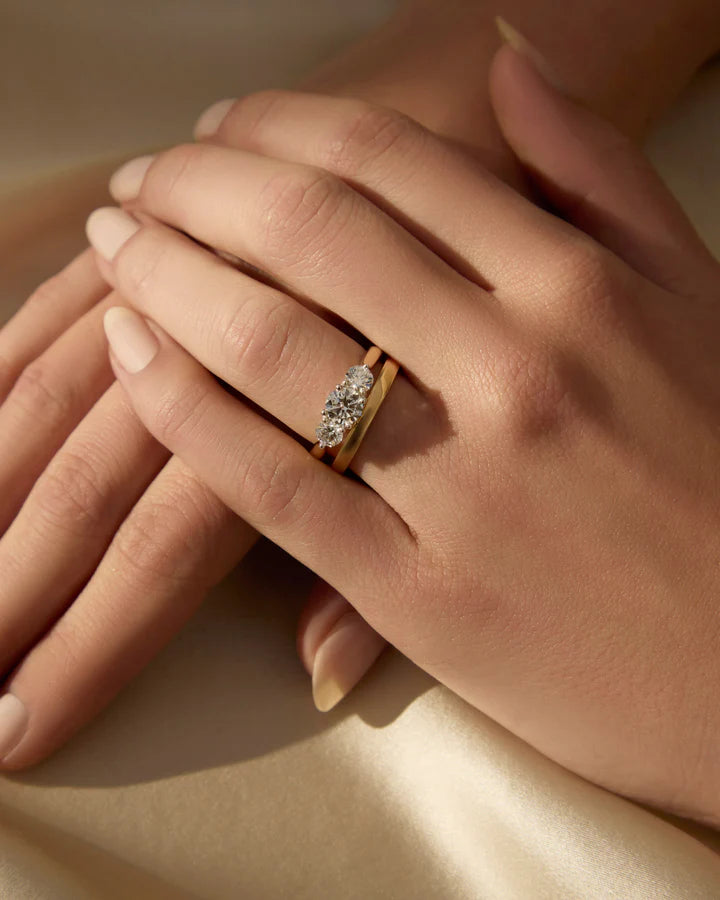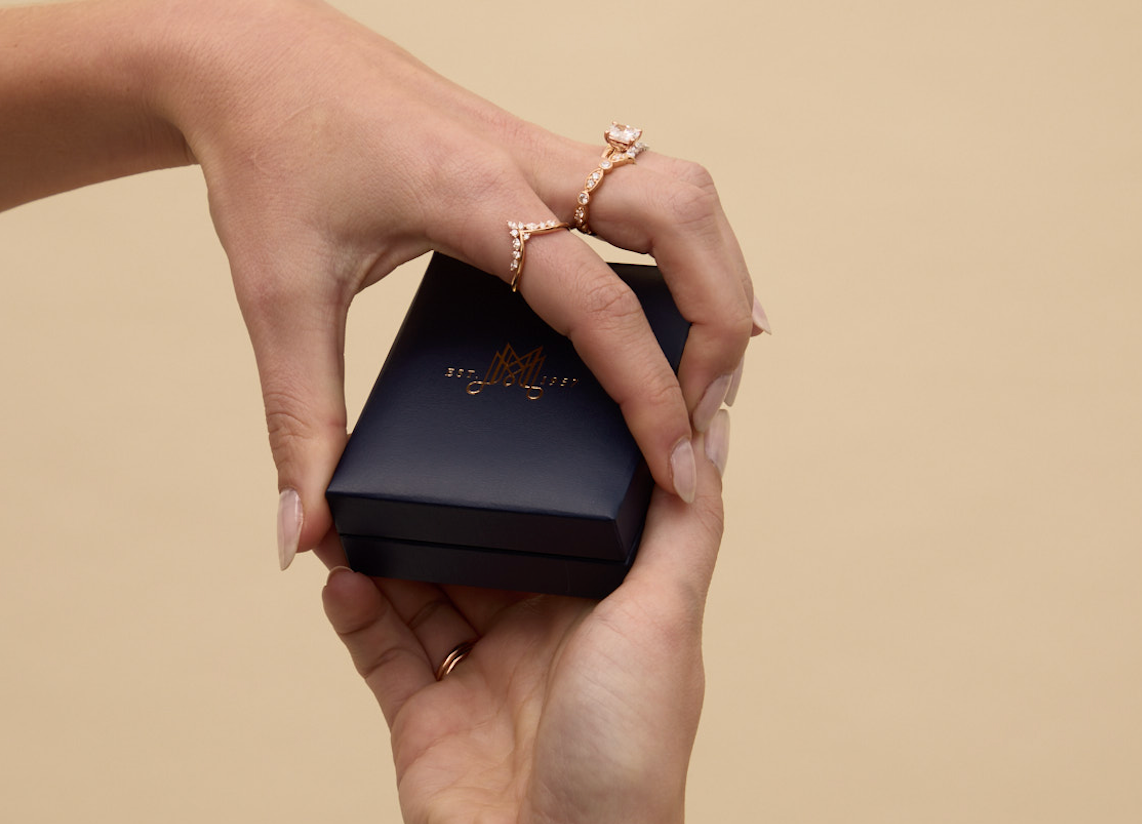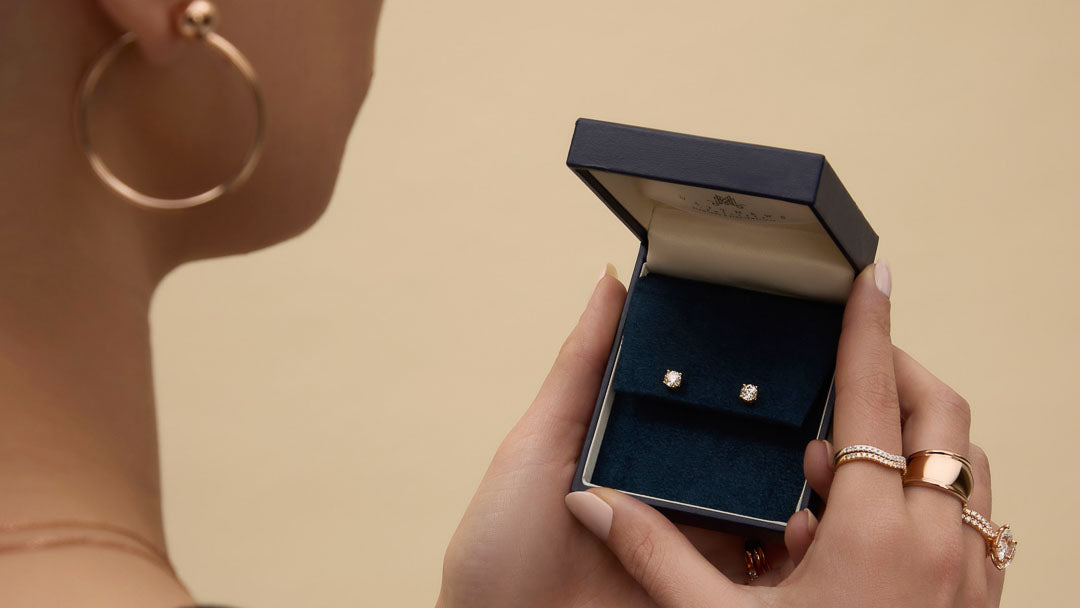
Let's Talk Gold
The purity of gold is determined by its karatage, more commonly known as carat. Pure gold, constituting 100% of the composition, is excessively malleable for the creation of jewelry. Consequently, the term "gold" typically denotes an alloy, signifying a blend of gold with another metallic element.
Gold Percentages
24 karat = 100% gold
Too soft for fine jewelry
22 karat = 91.7% gold
Too soft for fine jewelry
18 karat = 75.0% gold
Ideal for fine jewelry. Matthews Jewellers engagement rings and wedding rings are made with 18k gold. Most of our fine gemstone jewellery is 18k gold.
14 karat = 58.3% gold
Ideal for fine jewelry. We have a few ranges in 14k gold like some in our Jewellery Essentials range.
10 karat = 41.7% gold
Ideal for fine jewelry
9 karat = 37.5% gold
Ideal for fine jewelry. Most of the rest of our jewellery is 9k gold.
Gold vermeil = 0.5-1% gold
Not suitable for fine jewelry
Gold plated = 0.05% gold
Not suitable for fine jewelry
What if there is no karatage?
In the absence of a specified karatage, the gold layer on jewelry is typically either a mere color imitation, devoid of actual gold content, or falls into one of the following categories:
Gold Plated
- Constitutes 0.03-0.05% solid gold and is applied through the electroplating process.
- The gold is not securely bonded to the base metal, commonly composed of brass, copper, or nickel, resulting in a rapid fading or tarnishing with extended use.
- Gold-plated items are well-suited for fashion or trendy jewelry, serving as a suitable option to explore new styles and for brief periods of wear.
Gold Vermeil
- Comprising 0.5-1% solid gold, Gold Vermeil is achieved through an electroplating process, akin to gold plating. The distinguishing factor lies in its foundational layer, which consists of sterling silver—an alloy in itself.
- Gold Vermeil proves to be a commendable choice for fashion jewelry, particularly catering to individuals with sensitivities to nickel, brass, or copper commonly found in gold-plated jewelry.
In the absence of explicit disclosures on the website concerning the aforementioned details, it is sometimes possible to discern the nature of the jewelry based on its pricing.
Typically, gold-plated items are positioned as the most economical option, often associated with trendy jewelry.
Following suit is Gold Vermeil, with Gold Filled, characterized by the thickest gold layer, occupying the highest tier.
Gold Filled
This is what the majority of our fine jewellery is made out of.
Comprising 5% solid gold, Gold Filled undergoes a process of heat bonding to achieve its composition. The gold layer, typically measuring 2-3 microns or more, depending on weight, is permanently affixed through the application of heat and pressure onto the base metal, commonly composed of brass or sterling silver.
While Gold Filled items may exhibit tarnishing under specific circumstances, such as excessive and rough use, the substantial gold layer inherent in this alloy mitigates the occurrence of tarnish, given the inherent resistance of pure gold to tarnishing.
Gold-filled jewelry emerges as a practical choice for everyday wear, akin to solid gold, yet distinguished by a more accessible price point.

